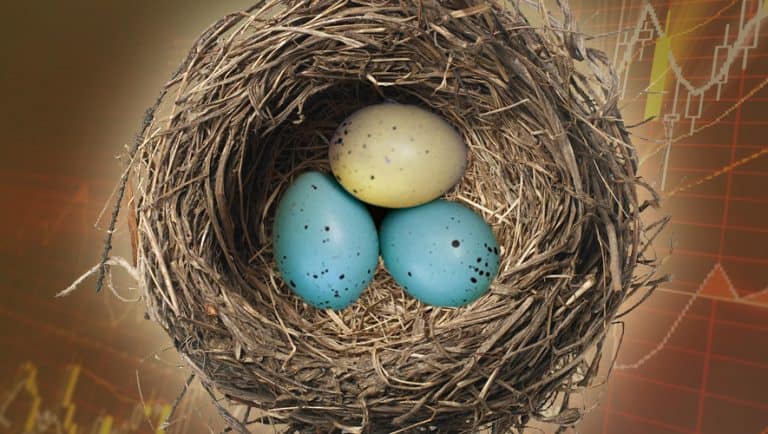When A Storm Hits Are Investors Still Gluten-Free?
More snow coming? Get ready for Instagrams and TV reports about empty bread shelves! Here’s one from my local store before the blizzard a couple of weeks ago: No matter how many people have resolved to stick to a gluten-free diet, that gluten seems much more appealing when a storm is on the horizon and…


